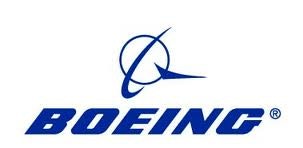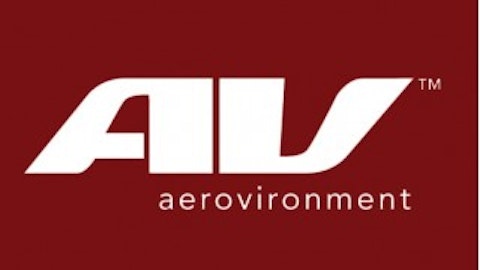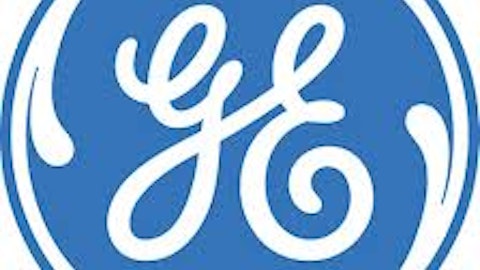The Boeing Company (NYSE:BA) has had more than its share of troubles this year, with the company’s flagship 787 Dreamliner model grounded worldwide for four months due to battery problems that still have not been fully explained. Despite the initial quality problems with the Dreamliner, airlines have stuck with the revolutionary plane due to its superior operating economics. Boeing’s heavy use of composite materials in the design reduces maintenance costs and fuel burn, saving operators lots of money.
That’s why The Boeing Company (NYSE:BA) recently decided to double down on its plans for the Dreamliner by offering a new stretched model, the 787-10. The new version of the Dreamliner was officially launched this week at the Paris Air Show with more than 100 initial orders from customers like aircraft leasing upstart Air Lease Corp (NYSE:AL), top global carrier United Continental Holdings Inc (NYSE:UAL), and Singapore Airlines.
Stretching the 787 looks like it was a good move for The Boeing Company (NYSE:BA). Top competitor Airbus has been saying that it wants to win more than 50% of the widebody market, where it has traditionally lagged Boeing. Airbus is relying on its upcoming A350 aircraft to achieve that goal. The new 787-10 will allow Boeing to compete more effectively against the A350, as it now can offer a wider variety of aircraft sizes for customers.
Cannibalizing to compete
The 787-10 will have a slightly shorter range than the first two Dreamliner models at 7,000 nautical miles, but that will still allow it to cover more than 90% of the world’s twin-engine widebody routes, according to The Boeing Company (NYSE:BA). On the other hand, it will seat 300-330 passengers, roughly 40 more than the 787-9, the larger of the two models initially announced.
That size puts the new 787-10 into direct competition with the upcoming Airbus A350-900, which recently had its first test flight and is expected to enter service in late 2014. Air Lease Corp (NYSE:AL) CEO Steven Udvar-Hazy — a legend in the aerospace industry — says that he chose the 787-10 over the A350 because it will be slightly more fuel efficient, although it will offer less range. Udvar-Hazy’s job is to understand what airlines (i.e., his customers) want in an airplane, and his preference for the Dreamliner is great news for The Boeing Company (NYSE:BA).
The 787-9 will also compete with two current generation planes; the Airbus A330-300 Boeing’s own 777-200. The new aircraft could therefore cannibalize some of Boeing’s own 777 sales, as the 787 will be a much more fuel-efficient aircraft.
Nevertheless, this cannibalization was absolutely necessary for The Boeing Company (NYSE:BA) to remain competitive in the market for larger widebodies. While the 777 has been a big seller since it was introduced in 1995, new engine and airframe technology will make it increasingly obsolete by the end of the decade. Airbus has been touting the significant fuel-efficiency advantage that the A350 will have, compared to the 777, and Boeing risked losing some orders altogether if it did not respond.
Boeing is expected to eventually offer an updated 777 (the 777X ), but it already has a hit on its hands with the Dreamliner. Moreover, while the 787-9 already competes with the smallest variant of the A350 (the -800), roughly two-thirds of Airbus’ A350 orders are for the larger -900 model. With the new 787-10 slotting into this market segment, it’s no wonder that Boeing’s management thinks the company’s Dreamliner backlog could grow by 60%.
Charging ahead
The Boeing Company (NYSE:BA)’s initial order book for the 787-10 is worth nearly $30 billion at list prices (although airlines typically receive discounts of 30%-50%), and more orders are sure to follow in the coming months. One of the great aspects of Boeing as an investment is that it has a guaranteed long-term revenue stream due to its massive order backlog.
However, the company’s success will ultimately be determined by its cost performance. The Dreamliner still costs significantly more to produce than its average selling price, according to Forbes. As Boeing continues to streamline the production process and increase the production rate, costs will come down, but it’s still unclear when the plane will reach breakeven.
Investors should be very happy about Boeing from a revenue perspective. The company has a strong order book and will undoubtedly add many more planes to its backlog as it steps up its marketing of the new 787-10. However, that will only contribute to the bottom line if Boeing can rapidly reduce its production costs. For that reason, investors should be cautious as Boeing stock approaches its all-time high from 2007.
The article Boeing Doubles Down on the Dreamliner originally appeared on Fool.com and is written by Adam Levine-Weinberg.
Adam Levine-Weinberg is short shares of United Continental Holdings Inc (NYSE:UAL) and is long Sept. 2013 $33 puts on United Continental Holdings. The Motley Fool has no position in any of the stocks mentioned.
Copyright © 1995 – 2013 The Motley Fool, LLC. All rights reserved. The Motley Fool has a disclosure policy.





